The Wondrous World of Dragons and Damsels
By John Palka — Posted July 14, 2024
To me, the world of dragonflies (dragons) and damselflies (damsels) is captivating. I find them to be not only beautiful but also remarkable in many ways. Four years ago, in July of 2020, I offered a posting called “The Dragons and Damsels of Elm Creek,” the 5,000-acre nature preserve that is the home of the Eastman Nature Center which I visit several times each week. Today, I want to build on this earlier story.
THE LIFE CYCLE OF DAMSELS AND DRAGONS
As I write, once again in July, both dragonflies and damselflies are abundant. A few months ago, however, there was not a single one to be seen. Where have they come from? In most cases they were around all the time, but we were not aware of them because they were in the form of larvae (nymphs) that live under water, where they often overwinter. The easiest way to find these aquatic nymphs is to scoop a net through the water in the vicinity of vegetation to which they cling as they wait for potential prey to come close to them. When they detect prey, they abruptly flip out grasping mouth parts and, more often than not, a feast follows! The nymphs live and hunt in water for as long as two years before transforming into flying adults. The adults generally live for only a few months and, in many cases, only weeks. The spectacular creatures we see flying around and perching are short-lived, but they have a long history behind them that is hidden to casual eyes!
In the first picture, you can see a mature damselfly called a bluet (Enallagma sp., Family Coenagrionidae). It belongs to one of a group of species so similar that only experts can tell them apart. This damsel is grasping a leaf in the mass of reeds alongside the edge of the lake at Eastman Nature Center which is shown in the second picture. The damsel’s color is an intense blue, so it is more likely to be a male than a female. In the upper left-hand corner of the picture is the casing of a nymph, most likely a dragonfly nymph, that had earlier crawled up onto an adjacent leaf and clung there so the adult, which had developed within it while it was still under water, could emerge safely. The adult flew off to lead a terrestrial life as soon as its wings hardened.
Here is a picture of a dragonfly that is given the descriptive common name of dot-tailed white-face (Leucorrhinia intacta, Family Libellulidae). This photo, too, shows the casing of a nymph that had previously emerged from the lake water. The two most visible ways of distinguishing dragons from damsels are that (a) damsels hold their wings tightly over their bodies while they are perched whereas dragons spread their wings wide, and (b) the bodies of damsels are far, far slimmer than are those of dragons. The two are often seen in the same area. The particular damsel and dragon in our pictures perched on leaves only a few yards apart from each other, though at different times.
Adults of both damsels and dragons are voracious hunters, intercepting insect prey as they fly and either eating it on the wing or bringing it back to a perch. Below you see a dragon called a meadowhawk (Sympetrum sp., Family Libellulidae) perching on a branch of a shrub with an insect in its jaws. As is typical for dragons, it is holding its wings out to the side. It has a robust thorax filled with muscles that operate the wings. Its abdomen is toward the slimmer end of the range for dragons.
Here you can see the details. The spiny legs helped in the initial capture. The large oval that is brown on top, yellow-green in the lower half, and marked by a black area is the meadowhawk’s left eye, composed of literally thousands of discrete lenses usually called facets. These so-called compound eyes give insects the ability to see almost all of the world at the same time, a great advantage if you are on the alert for flying insect prey that could be anywhere.
The adults of dragons and damsels hunt in the air. The nymphs live and hunt under water. They also develop from eggs that are attached to submerged surfaces. The eggs are deposited there by females while they themselves live and hunt in the air. Here is how they do it.
Male and female damsels and dragons mate in a very characteristic way, as the next picture of a pair of bluets among the lakeshore reeds illustrates. You can see the remarkable heart-shaped configuration they assume. The male first grasps a female using pincers on the tip of his abdomen that are closely matched to projections on the front edge of her thorax. Often, the two fly around as a conjoined pair for quite some time. Finally, however, they settle down while the male holds on to a suitable surface. The female now bends her abdomen in a sharp curve and probes the bottom of the very front of the male’s abdomen for his genital opening to which she attaches the tip of her own abdomen, again using matching grasping structures. This maneuver is a challenge, especially on a windy day! It can take quite some time and doesn’t always work—I have seen several pairs separate after protracted but unsuccessful efforts to join abdomen-to-abdomen. Once the connection is stabilized, the matching openings allow the sperm to be pushed from the male into the female.
Dragonflies mate in a similar way. Here is a picture of a mating pair of one of the abundant species, called the common green darner (Ajax junius, Family Aeschnidae). Notice how similar their configuration is to that of the damselflies. The vegetation, however, is grass on a restored prairie, a very different environment from the edge of a lake. The second picture shows that prairie at sunrise. Adult meadowhawks like the one we saw above also live and hunt in this area.
How does the female get her eggs into water, which is where the nymphs are able to develop? With both damsels and dragons, after mating the pair will usually remain connected while flying around and searching for sites suitable for egg deposition. The male is on guard against other males who might try to grab the female. A damselfly female sometimes submerges her own body during the egg-laying process. In the photo below, you can see ripples on the water surface where both the last third of the male’s abdomen and the female’s head, thorax (including wings) and front of her abdomen cross from air into water. In this particular case, the rest of the female’s abdomen re-enters the air, curves, and finally explores again under the surface of the water for the actual deposition of eggs. Here is a video that provides an excellent portrayal of the damsel’s life cycle.
The egg-laying process in a dragon like the green darner is similar. The male and female often remain coupled as they fly around together searching for good egg-laying sites. The pair may also remain coupled during actual egg laying, or the female may lay the eggs by herself as is happening in the photograph below. You can see that almost half of the female’s abdomen is under the water. The tip, which you cannot see, is systematically depositing eggs. Just before the eggs are extruded, they are fertilized by the male’s sperm which have been stored for this very purpose in a pair of sacs situated just beside the egg-laying opening. I photographed this female dragonfly for several minutes.
In some species, the egg-laying process is quite different. For example, look at this video of a female blue dasher (Pachydiplax longipennis, Family Libellulidae), a species with a wide distribution including here in Minnesota. The video shows a female flying rapidly above the water, frequently stabbing the tip of her abdomen momentarily under the surface. With this gesture, she is setting an egg in place. Here is a photograph of a male of the same species, taken in the set of reeds at Eastman where the bluet and the dot-tailed whiteface also abound.
NAVIGATING THE ENVIRONMENT
Let us now turn to a conceptual aspect of damselfly and dragonfly biology that their reproductive cycle brings into prominence. We have seen that as adults, they fly in the air and perch on branches and stems, capturing other flying insects for food. Their complex mating behaviors also take place in a terrestrial environment. However, they lay their eggs in bodies of water. The question is, how do they find that water?
Bluets and a number of other species of both damsels and dragons tend to stay extremely close to the body of water from which they emerged, as illustrated in the first pair of pictures. For these species, locating water suitable for laying their eggs is not a problem. The green darners, however, and many other species, often hunt for food and sometimes even mate at quite a distance from any body of water. On the restored prairie where I took the picture of a pair mating, no water whatsoever is visible. How, then, do they know where they should fly to deposit their eggs?
Let’s consider how we humans handle such situations. If we know a territory, we can move to any part of it we want to at will, no matter where we began. We develop an internal map of that territory, a map that allows us to place ourselves on it accurately and move toward our goal accordingly. If, however, we are dropped off in a region that we do not already know, whose map we have not internalized, we cannot move to a desired destination at will. We first have to explore the area and internalize information about it. Only then are we able to navigate.
It is the current hypothesis that dragonflies, and damselflies as well, have a similar capability. They hold some form of internal map of the territory over which they fly, and they know where on the map they are at any given moment. With these two pieces of information, they can head to any place that is important to them. If they are resting near the water, they know in which direction to fly to get to their prairie hunting grounds. If they are on the prairie, they know in which direction to fly to get to water and lay eggs.
Navigating between prairie and pond is only a tiny fraction of the life story of some dragonflies, however. A pioneering paper published in 2018 provided a vivid description of the complex three-year life cycle of common green darners. It attracted a great deal of attention in the world of biology. Here is a summary provided by an excellent science writer.
“The study reveals that a first generation [of green darners] emerges in the southern United States, Mexico and the Caribbean from about February to May and migrates north. Some of those Anax junius reach New England and the upper Midwest as early as March . . .
“Those spring migrant darners lay eggs in ponds and other quiet waters in the north and eventually die in the region. The new generation migrates south from about July until late October, though they have never seen where they’re heading. Some of these darners fly south in the same year their parents arrived and some the next year, after overwintering as nymphs.
“A third generation emerges around November and lives entirely in the south during winter. It’s their offspring that start the cycle again by swarming northward as temperatures warm in the spring. With a wingspan as wide as a hand, they devote their whole lives to flying hundreds of kilometers to repeat a journey their great-grandparents made.”
Remarkable, isn’t it! And like the migration of Monarch butterflies that we have visited before, it raises many, many questions. How do migrating individuals know in which direction they should fly, especially if they have hatched only recently and have no life experience behind them? How do they know which direction is which? How do they decide that they have reached an appropriate location? And many more.
Migration is not at all common among dragonflies and damselflies. There are around 6,000 species in the world of dragons and damsels combined, but it is estimated that only 25 to 50 of them migrate. The vast majority stay in the region in which they developed as nymphs. Nevertheless, those species that migrate do so over remarkable distances. The common green darners, whose cycle is described above, migrate a minimum of hundreds of miles. And that is a modest when compared to the dragonfly called the wandering glider (Pantala flavescence, Family Libellulidae). This is the same family as the spot-tailed whiteface we met earlier, populating the reeds around the lake at our local Eastman Nature Center. Among known species of dragonflies the wandering glider is the most widely distributed, being found on all continents except Antarctica and including here in the Upper Midwest. It migrates back and forth between the Temperate regions and the Tropics, often following a complex route. Careful studies lead to the estimate that the distance of migration is in the range of 11,000 (yes, eleven thousand) miles! This often entails crossing an ocean (the Indian Ocean, to be specific) or a desert (like the one in Namibia in southern Africa).
As in the case of common green darners, and also of Monarch butterflies, this is a multi-generational roundtrip journey. However, individual journeys within the full migration cycle are at least as remarkable. There is good evidence that single wandering gliders fly for distances approaching 4,000 miles! The article on Pantala flavescence in Wikipedia provides a nice overview of the biology of these extraordinary organisms. And here is a wonderful TED Talk given in India by Charles Anderson, a naturalist living on the Maldive Islands in the Indian Ocean. His creative observations and thinking set the stage for subsequent detailed analyses of the amazing migration biology of wandering gliders and his presentation is outstanding.
Let me bring this glimpse into the remarkable life of two members of our Earth’s community to a close by putting forward an invitation. When you walk in nature during the summer, especially in the vicinity of water, keep your eyes open not only for birds and butterflies but also for dragons and damsels. When you see them, revel in their beauty. When you let that impression sink in, remember the many ways in which dragons and damsels, just like we humans, are totally integrated into the life of our Earth. How they, like we, need both air and water. How they are both predators and prey. How elaborately they make the next generation. How they internalize information about the place they live. How some are stay-at-homes while others roam the planet over vast distances. And if you want to learn still more about these amazing companions on our planet, consider viewing yet another excellent video!
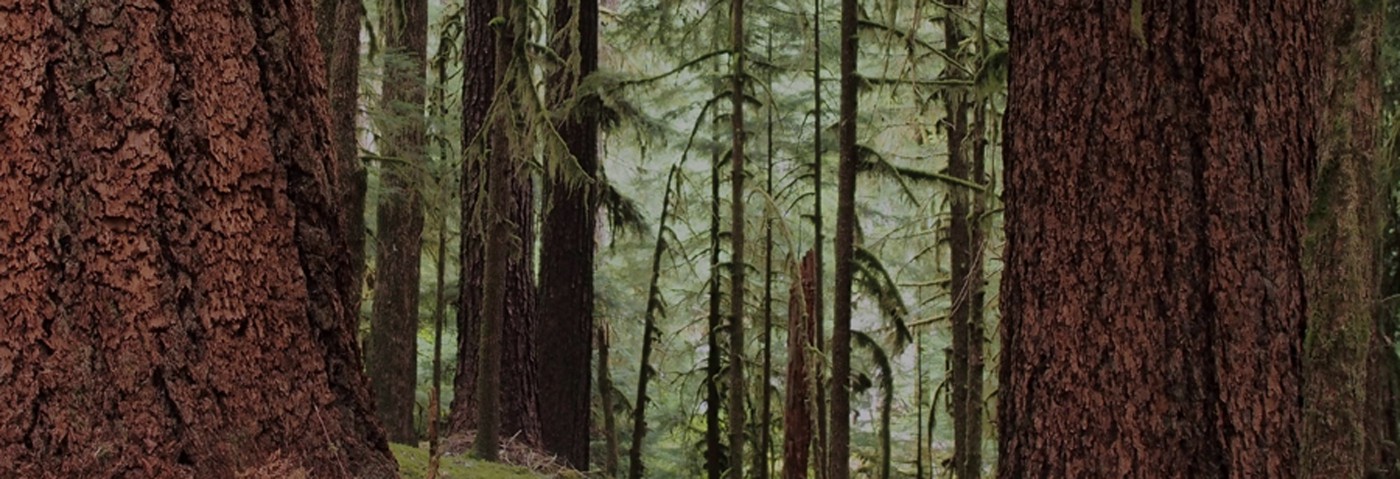
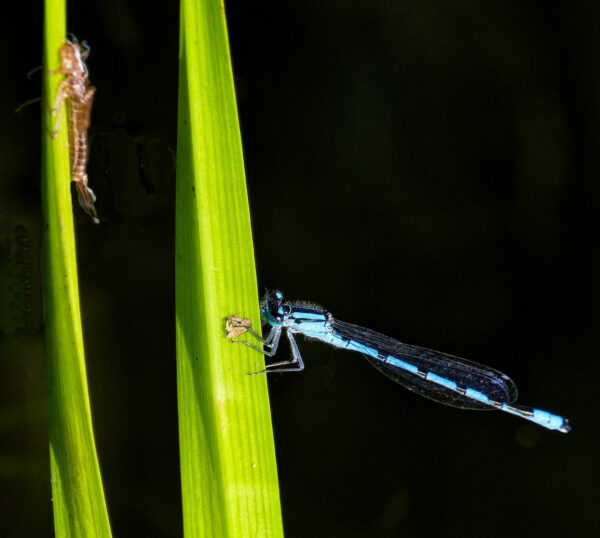
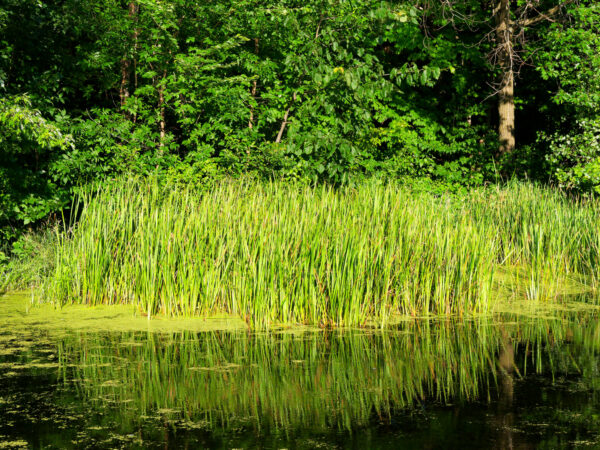
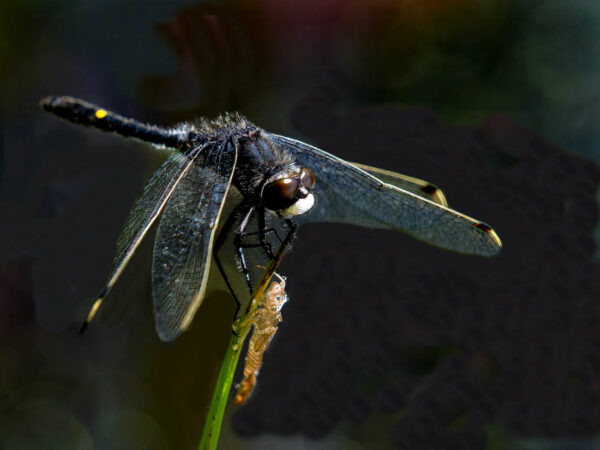
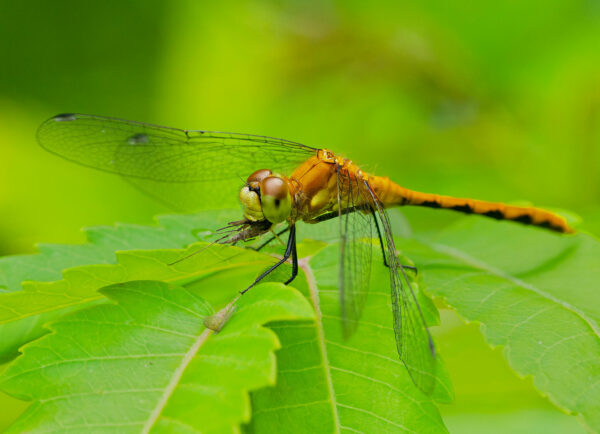
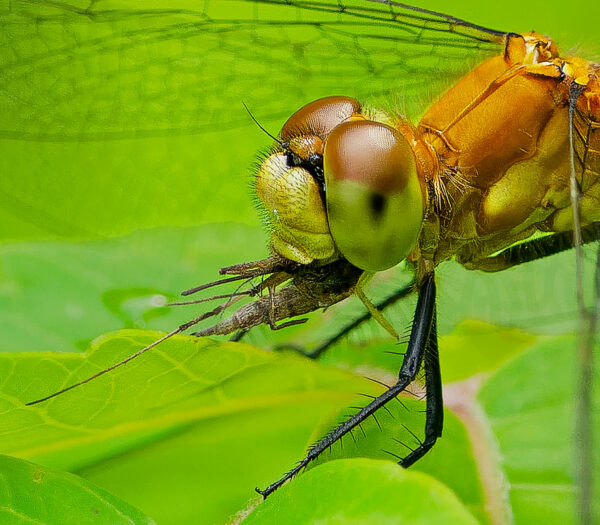
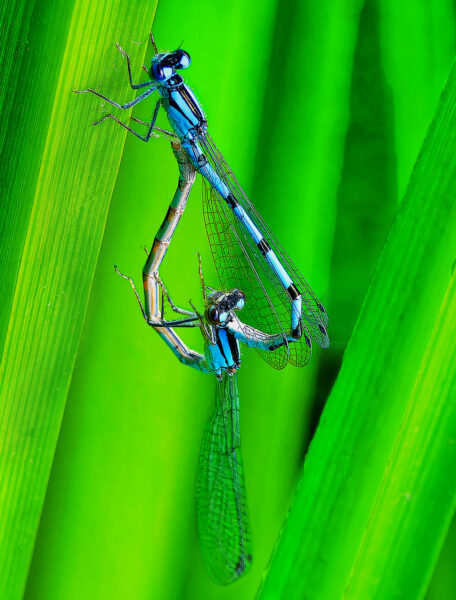
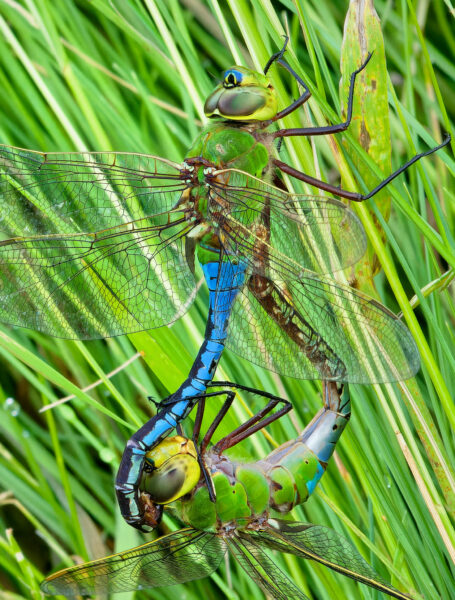
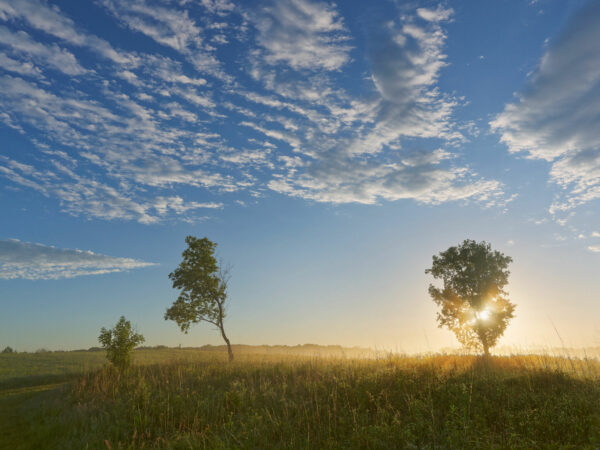
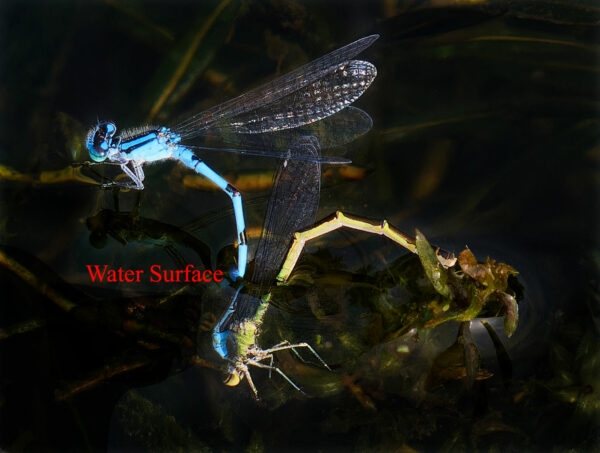
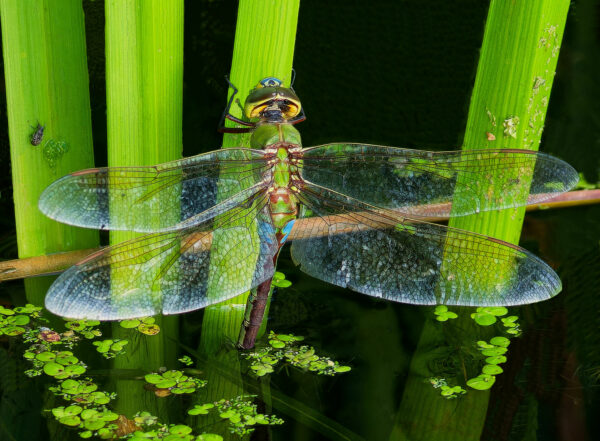
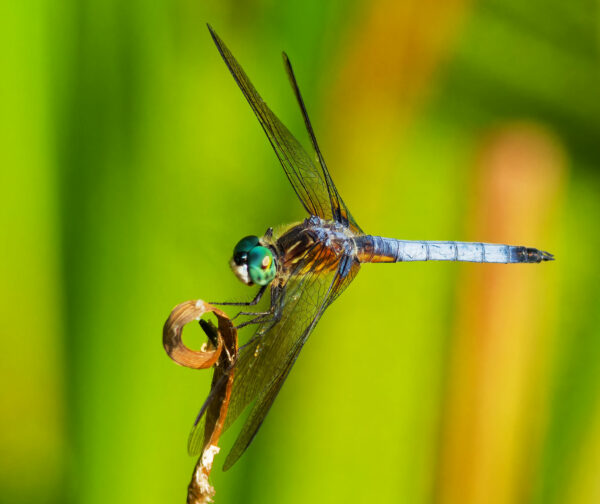
Great article!
Thanks,
Chuck
And thank you, Chuck! Johnny
Úžasné fotografie a úžasné znalosti a živote týchto krásnych účastníkov prírody.
Srdečne zdravíme a prajeme ešte veľa takých zážitkov!
Janko Šebík
Milý Šebíkovci, srdečne ďakujem za Vaše slová. Z fotografovania mám veľkú radosť, chodievam každý deň a často aj dva krát. Viete si predstaviť, že takéto zahĺbenia sa má pre mňa ešte väčší význam po Yvonkinej smrti ako malo pred tým. Dokonca, nedávno som začal zostavovať knihu založenú na mojích fotografiách. Uvidíme, či sa uskutoční! Janko
Inspiring as always and stunning photos Thanks, Johnny
Marten
Thanks, Marten. Coming from someone who has as much knowledge of the lives of animals as you do, especially of insects, such appreciation means a lot. I saw that you have just received a Fulbright. Congratulations! Johnny
Thank you Johnny for sharing this wonderful article. It is quite informative, sharing the intricacies of the biological world. This time reading your article meant so much more since I have walked with you on these trails.
Alok Kumar
I’m really glad that you liked this piece, Alok. And you’re so right. Shared experiences cast pretty much everything that’s important into a richer and deeper light. Johnny
I learned a lot. Beautiful pictures.
So did I!
Thank you, Johnny, for putting together this great article on my two most favorite aquatic insects. I especially appreciated the photographic representations of the boring texts I had read in my graduate years describing various behaviors.
Back in Colorado, I had a rather “intimate” encounter with a dragonfly that decided to perch on my nose. My young daughters happened to be near and saw this, and we all had a great laugh.
Dan
That’s great, Dan. Your daughters got a real treat! Dragons and damsels are definitely two of my favorite insects, whether in the air or in the water. One summer, back in 1968, I did a project on how aquatic dragonfly nymphs actually capture their prey. It was based on what was then high-speed filming, a whopping 36 frames per second (if I remember right). Somewhere I have a series of shots that show the details. They are interesting because they call for a lot of neural computation of angles. I wanted to include at least one such shot in the post, but I couldn’t find them anywhere. When I do, I will develop some context into which they will fit well so I can show them to all the readers!
Fascinating as always! I just love all the juicy science and your beautiful photos. My favorite part was the last paragraph—beautifully stated!!
I’m especially glad that the last paragraph resonated with you, Karen. My closing paragraphs always reflect the underlying goal of Nature’s Depths – to promote the sense that the whole Earth is a single system of which we humans are an integral part. Thanks for letting me know that the words I chose were effective!
It has taken me a while to spend the time needed to read and understand this excellent post, Johnny! Wow, such vivid details and wonderful photos. Really appreciate the link to videos that further my knowledge. Passing this on to several friends.
Many thanks, Ann. You have yourself written extensively on nature, so you will not be surprised to hear that I also learned a great deal as I was writing once again about dragons and damsels. For me, the biggest surprise was the recent data on long-distance migration. I had previously never thought of some dragons migrating literally thousands of miles!
Fascinating, Johnny. I had it bookmarked from the start, but just got to it today. The pictures are spectacular.
Thanks, Steve. I have become fascinated by dragons and damsels, and they are wonderful photographic subjects!
I might not comment each time I go to Nature’s Depths but each time, I find myself inspired by you insight, knowledge and care of our environment. See you in the cul-de-sac!
Thank you, Dan!